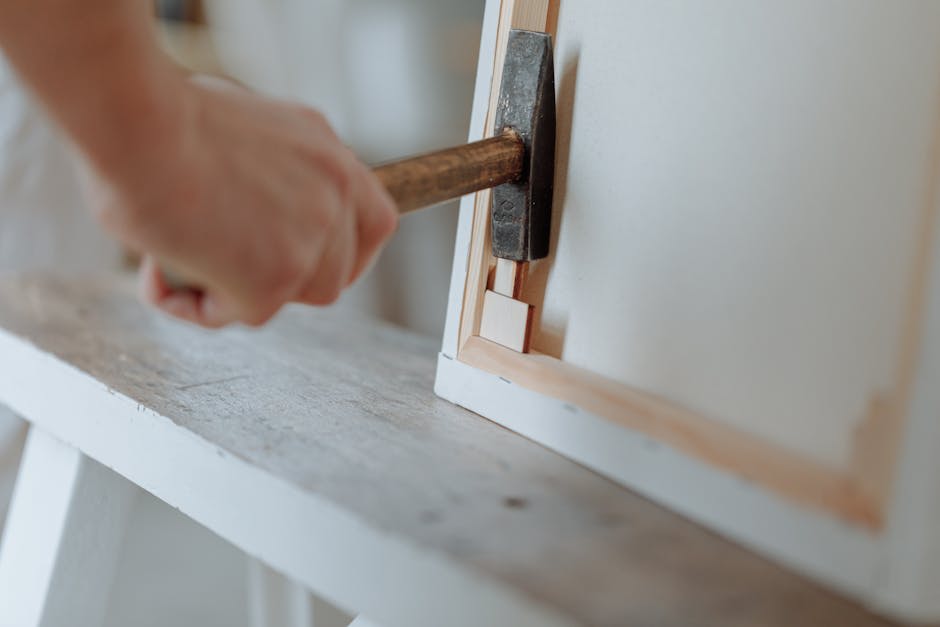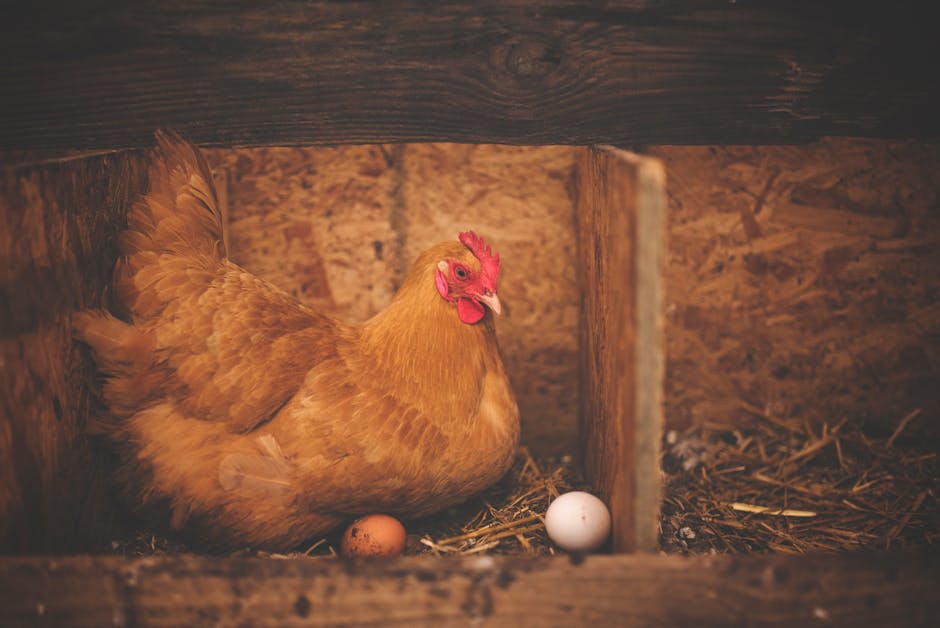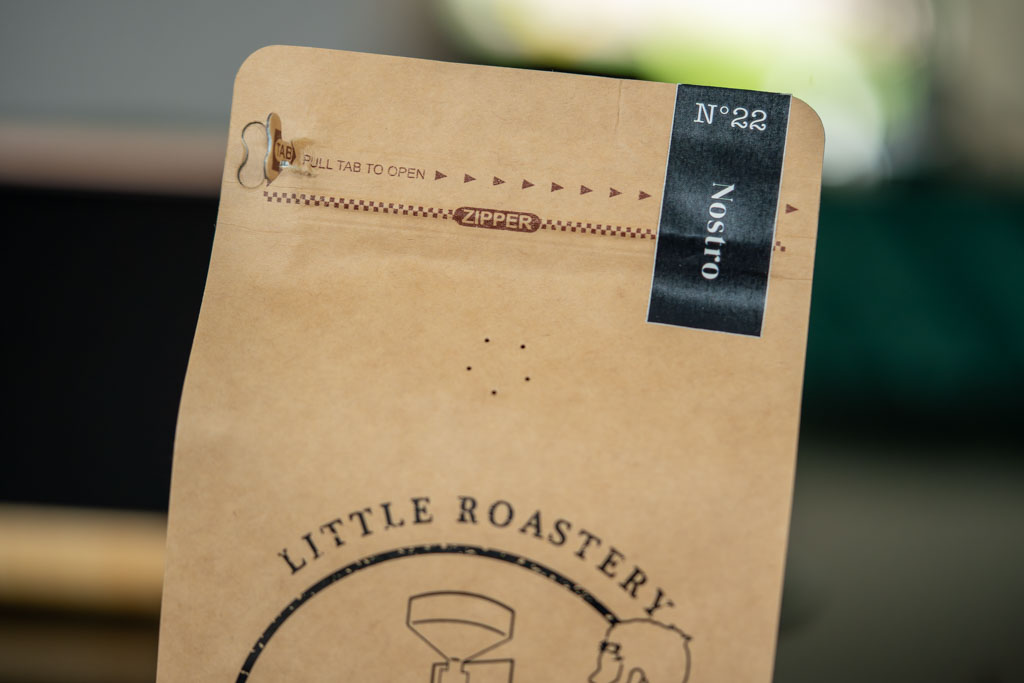Create a garden that thinks for itself using IoT technology, optimizing watering schedules, and reducing energy while ensuring healthy plants.
Ideal conditions
Best time of the day
Morning
Suggested age
16+
Best weather conditions
Clear and Dry
Budget
Between 0 and 500 euro
Bookmark this guide for later use, or better: Add it to your agenda!
Estimated duration: 1 day
Last editted on: 09-09-2024 19:53
Gather Your Equipment
Start by collecting the necessary IoT devices and gardening tools. You will need:
- Raspberry Pi or Arduino board
- Soil moisture sensors
- Temperature and humidity sensors
- Watering systems (like solenoid valves)
- Wi-Fi modules for connectivity
- Relays and power sources
- Software tools for programming (e.g., Python, Arduino IDE)
Ensure all devices are compatible, and you have the right adapters and cables for connectivity.
Plan Your Garden Layout
Design the layout of your garden to maximize both plant health and IoT efficiency. Consider the following:
- Identifying sun exposure patterns
- Grouping plants by water and light needs
- Determining optimal sensor and device placement
- Planning paths for easy access to devices for maintenance
Use a sketch or an online tool to visualize your setup.
Implement Your IoT Solutions
With your layout established, set up your IoT system:
- Connect your sensors: Position the moisture, temperature, and humidity sensors in the garden bed areas you've designed. Make sure the sensors are securely placed to avoid false readings.
- Install watering system: Connect solenoid valves to your water supply and control them using relays from the main control unit (e.g., Raspberry Pi).
- Program your devices: Write scripts that process sensor data and automate the watering system based on criteria such as soil dryness and temperature changes.
- Test and adjust: Run a few test cycles to ensure the system works as expected, making adjustments to thresholds and sensor positions as necessary.
Connect to a Cloud Platform
To manage your smart garden remotely, integrate it with a cloud platform:
- Create an account with a cloud service provider offering IoT platform support, such as AWS IoT, Google Cloud IoT, or Azure IoT.
- Connect your IoT devices to the platform using MQTT or HTTP protocols for real-time data streaming and control.
- Set up dashboards to visualize data trends, such as moisture levels and watering frequency, to detect patterns and optimize settings.
This step allows for remote monitoring and control, as well as implementation of advanced analytics and alert systems.
Evaluate and Expand
Once your smart garden is up and running, continue to improve and expand:
- Regularly evaluate system performance to identify and resolve issues.
- Expand your system by adding features such as plant health monitoring, pest detection, or solar power integration.
- Stay informed about the latest IoT technologies and gardening techniques to further enhance your smart garden.
Consider community forums and online resources to gather new ideas and share your experiences.
Plan this experience
Discover the world beyond this screen. Play, try, and be yourself. Take the next step with PlayTryBe and bring your interests to life.











